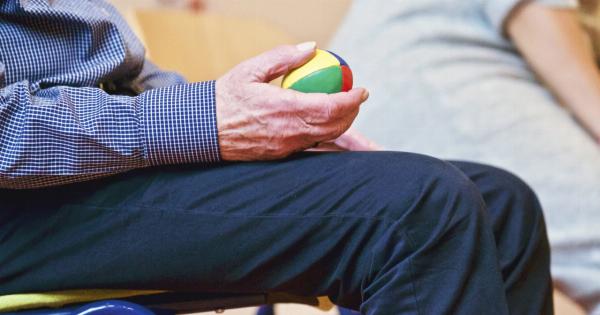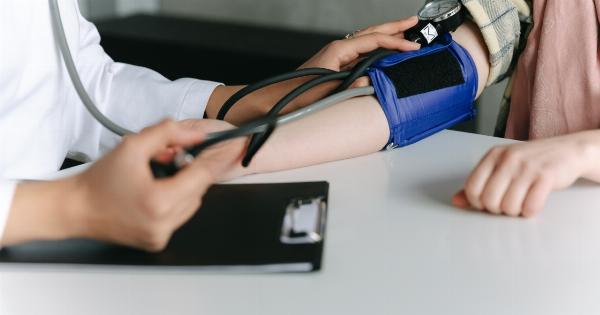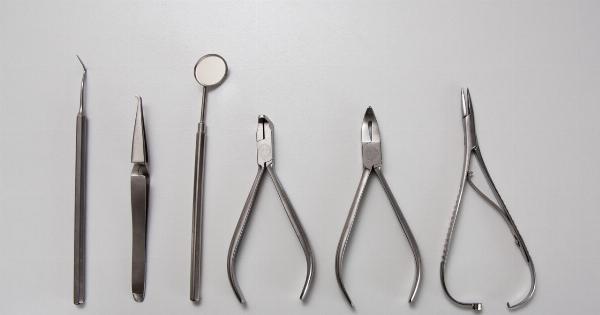The term “heart attack” refers to a condition known as myocardial infarction, which occurs when the blood flow to a part of the heart muscle is blocked.
This blockage is often caused by the buildup of fatty deposits called plaques in the coronary arteries. Heart attacks are a significant cause of death worldwide, and it is essential to be aware of the warning signs that may indicate a heart attack is occurring.
While some symptoms may be similar in both men and women, there are also some differences to be aware of.
Common Warning Signs in Both Men and Women
1) Chest pain or discomfort: This is the most common symptom reported by both men and women experiencing a heart attack. The pain or discomfort may feel like pressure, squeezing, or fullness in the chest area.
It may also radiate to the upper body, including the arms, shoulders, back, neck, jaw, or stomach.
2) Shortness of breath: Feeling breathless or having difficulty breathing can be a warning sign of a heart attack, especially if it occurs alongside other symptoms.
3) Fatigue: Unexplained fatigue or a sudden decrease in energy levels can be an indication of a heart attack. This fatigue may occur with physical exertion or even at rest.
4) Sweating: Cold sweats or excessive sweating, particularly when accompanied by other symptoms, may be a sign of an impending heart attack.
Warning Signs More Common in Men
5) Chest discomfort: Men are more likely to experience intense chest discomfort during a heart attack, often described as a feeling of tightness or crushing pain.
6) Arm pain: Men may experience pain or discomfort in the left arm, although it can also occur in both arms. This pain may extend from the chest or radiate down the arm.
7) Nausea and vomiting: Men may experience nausea or vomiting during a heart attack, which can often be mistaken for gastrointestinal issues.
8) Dizziness: Men may feel lightheaded, dizzy or even faint during a heart attack.
Warning Signs More Common in Women
9) Chest pain or discomfort: Women may experience chest pain or discomfort during a heart attack, but it is often less severe than what men typically feel. It may be described as more of a burning sensation or tightness rather than intense pressure.
10) Back pain: Women are more likely to experience pain or discomfort in the back, particularly between the shoulder blades, during a heart attack.
11) Jaw pain: Women may experience pain in the jaw, which can be confused with toothache or temporomandibular joint (TMJ) issues.
12) Shortness of breath: Women may experience breathlessness, without any chest pain, during a heart attack.
When to Seek Medical Attention
If you or someone you know experiences any of the warning signs mentioned above, it is crucial to seek immediate medical attention.
Time is a critical factor in the treatment of a heart attack, and prompt medical care can significantly improve the outcome.
Conclusion
Heart attack warning signs can vary between men and women, although some symptoms are common to both genders.
It is essential to be aware of these warning signs, as recognizing them and seeking medical help promptly can greatly impact the outcome of a heart attack. Be vigilant and prioritize your heart health.




























